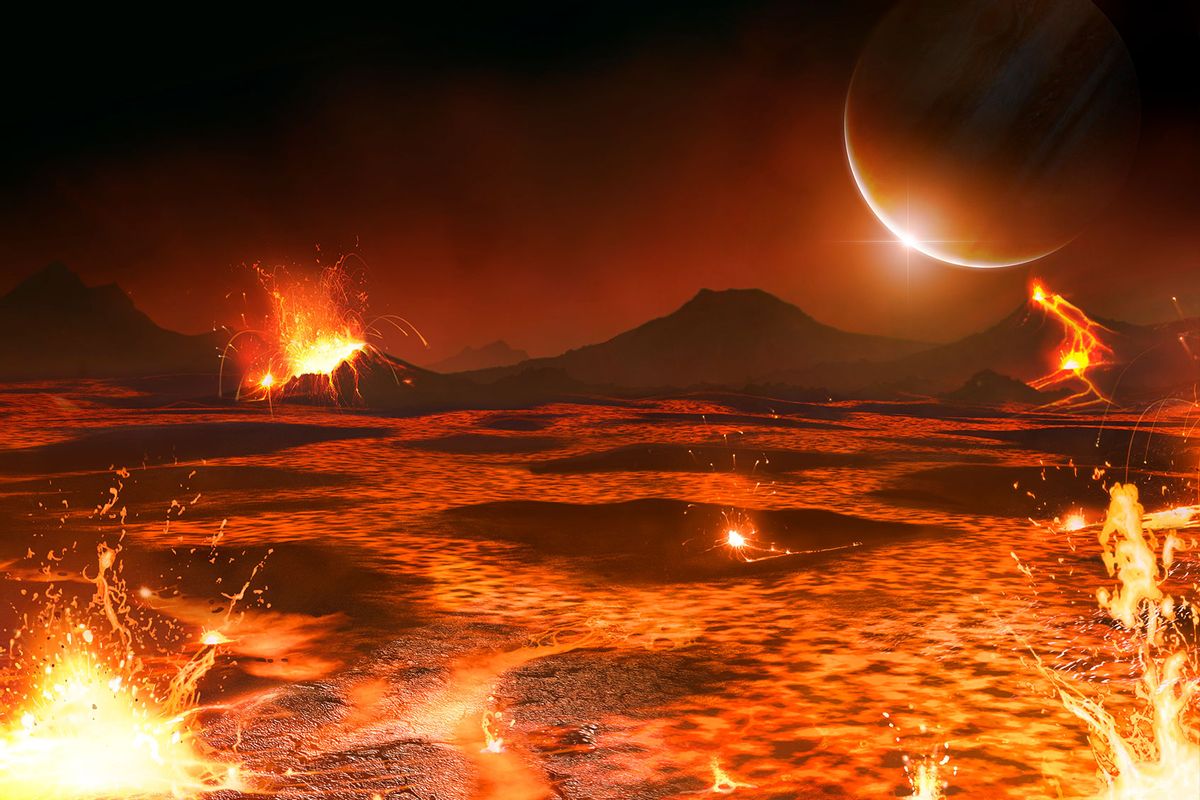The acid yellow moon Io that orbits Jupiter may be less than 30% the size of Earth, but is considered the most volcanic body in our solar system. As demonstrated by explosive news from NASA on Tuesday: Io’s southern hemisphere contains a hotspot of volcanic activity so massive, it is larger than Lake Superior.
Detected by the Juno probe's Italian Space Agency’s Jovian Infrared Auroral Mapper (JIRAM), Io’s volcanic region produces enough energy that it contains the equivalent to six times the total output of all power plants on Earth. While Io’s surface includes at least 400 volcanoes with varying levels of activity, none even come close to what astronomers observed with the new feature. Indeed, the fact that there were so many hot spots spaced so closely together suggests that there is a vast underground magma chamber system.
“Juno had two really close flybys of Io during Juno’s extended mission,” Scott Bolton of the Southwest Research Institute in San Antonio, the mission’s principal investigator, said in a statement. “And while each flyby provided data on the tormented moon that exceeded our expectations, the data from this latest — and more distant — flyby really blew our minds. This is the most powerful volcanic event ever recorded on the most volcanic world in our solar system — so that’s really saying something.”
The NASA scientists consider JIRAM’s discovery of this new hot spot to be one of the most significant findings of Juno’s mission. As NASA explains, the source of Io's "torment" is thanks to being "extremely close to the mammoth gas giant, and its elliptical orbit whips it around Jupiter once every 42.5 hours. As the distance varies, so does the planet’s gravitational pull, which leads to the moon being relentlessly squeezed. The result: immense energy from frictional heating that melts portions of Io’s interior, resulting in a seemingly endless series of lava plumes and ash venting into its atmosphere from the estimated 400 volcanoes that riddle its surface."
“While it is always great to witness events that rewrite the record books, this new hot spot can potentially do much more,” Bolton said. “The intriguing feature could improve our understanding of volcanism not only on Io but on other worlds as well.”
Indeed, volcanoes are thought to be critical for life to form, so studying them on other bodies in our solar system can inform that search elsewhere in the universe.



Shares